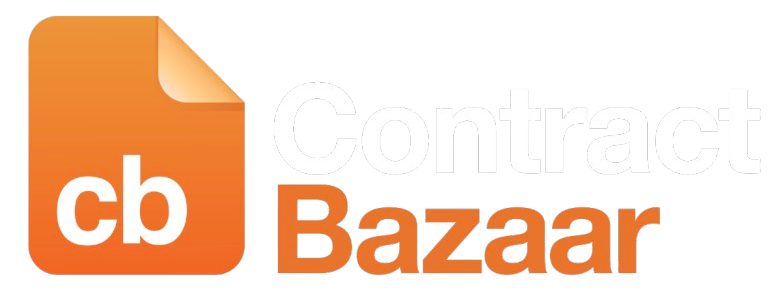The Sarbanes-Oxley Act, or SOX, was signed 20 years ago. After over 20 years, substantial financial and auditing standards for publicly traded firms have been established by this federal law, and for many businesses, compliance with SOX is not only required by law but also a smart move. Section 404 is one of the more challenging aspects of the SOX compliance standards while being only 180 words long. The internal controls that are utilised to produce financial reports must also be certified and reported because this part developed internal controls around financial reporting. All business records pertaining to audits must also be kept for “a period of five years from the end of the fiscal period in which the audit or review was concluded,” as stated by Section 802. If you don’t comply, you could face fines, jail time, or both.
Why contract management is critical to SOX Compliance?
Contracts play a crucial role in an organization’s capacity to adhere to SOX regulations. After all, contracts specify the financial ties that exist between suppliers, clients, partners, and other parties. A company may run the risk of noncompliance if its contract management procedures and practices are subpar. Despite the fact that the majority of employees are aware of the advantages and significance of compliance, noncompliance frequently results from ignorance of regulatory requirements or the use of ineffective, manual processes and tools to manage contracts that are prone to error, challenging to control, and expose a company to unneeded risk.
The management of legal agreements must therefore be digitally transformed by any organisation that must comply with SOX requirements utilising data-driven contract lifecycle management (CLM) software. This not only modernises contracting initiatives but also gives businesses access to contract data to produce useful business insights that can be utilised to ensure and demonstrate SOX compliance. There are various ways that CLM software can help with SOX compliance, but let’s focus on three of the most significant ones: improved audit controls, improved business process management and visibility, and real-time reporting.
Benefits of Using Software for Contract Management
1. Greater Visibility
Using manual contract management approaches like shared files, emails, and spreadsheets, it is exceedingly difficult to ensure that business rules are followed in accordance with SOX standards and to demonstrate this. Having a contract that exceeds a certain value must be examined, approved, and signed by specific management or senior level inside the organisation is a prime illustration of this. Throughout the contract management process, the software offers automated workflow capability. This guarantees complete adherence to both internal business requirements and external regulatory standards. It considerably reduces friction and bottlenecks, making it easier to know who to send a contract to at each level of the procedure, which expedites agreement completion and frees up legal resources.
2. Data-Driven Approach
The company’s capacity to report on important regulatory requirements is a fundamental component of SOX compliance. Reporting is at best a nightmare when contracts are dispersed throughout the organisation and circulated by email. How do you determine which contracts are up for renewal and when? How do you compare and monitor contractual KPIs like total agreement value, monthly renewal rates, and other significant financial metrics?
Utilizing and reporting on the richness of data contained in contracts is made possible for businesses by adopting a data-driven approach to contract administration.
3. Audit Controls
All contracts and associated documents are centralised and secured in a single cloud-based digital repository. CLM software offers businesses easily auditable paperwork by storing all contracts and related papers online.
Built-in history and audit trail capability make it possible to track all changes made to contract data and build more reliable company records.
